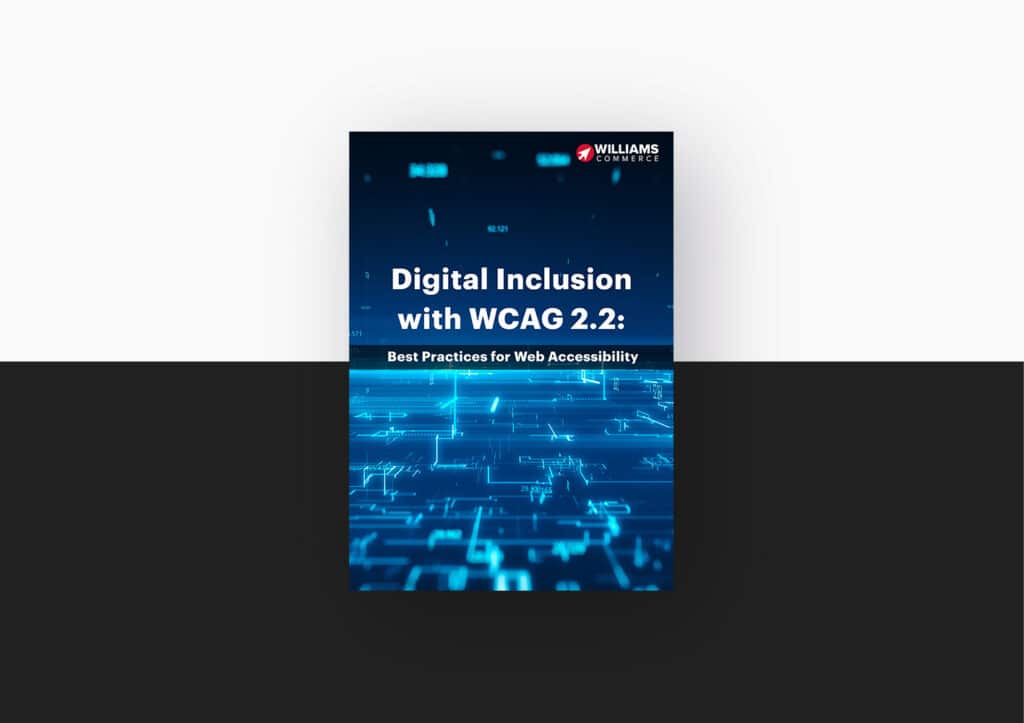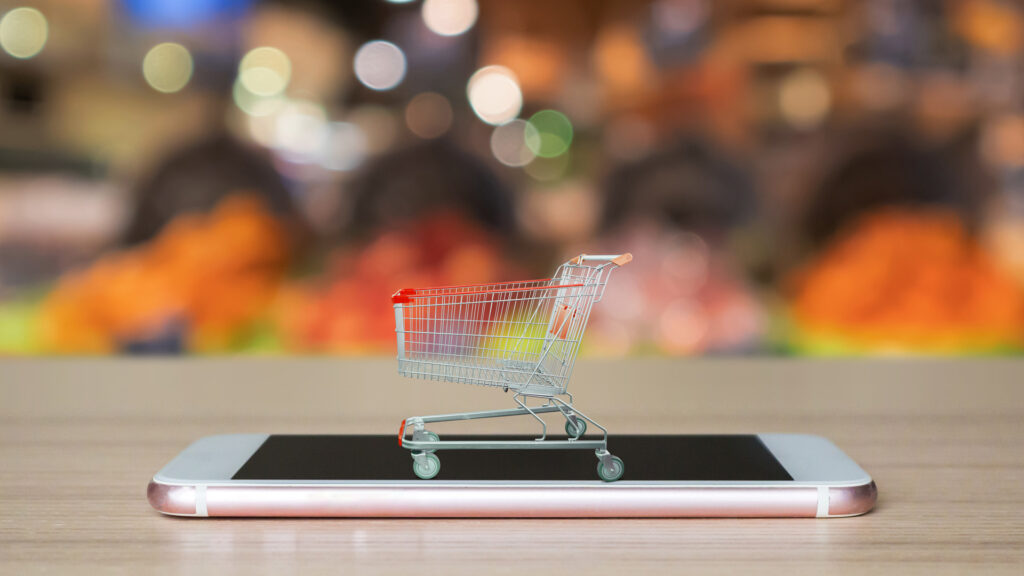You might have heard about headless ecommerce, but have you considered it as the way forward for your business?
If you would like to have the flexibility to innovate and create exceptional online customer experiences, then it is an option you should consider.
What is headless ecommerce?
Your frontend ecommerce presentation layer or ‘head’ defines the quality of your customer’s journey and, in more traditional ecommerce approaches, much of the content and functionality is delivered by backend systems.
Improving customer experiences will typically involve changes to those behind-the-scenes systems. Equally, changes to back-office systems can affect the customer interface. To be sure that everything works as intended, all changes must be thoroughly tested before they are implemented.
In a fast-changing ecommerce environment this can slow down delivery of improvements and add to costs. Where development resources are limited it can mean that some things don’t happen at all.
Sometimes called a content-led approach, headless ecommerce ‘de-couples’ the presentation layer from other systems, allowing developers to innovate, test and deploy new and improved customer experiences quickly. You can easily deliver high-definition media including images, videos, animations, and 3D modeling. This allows you to focus on quality and ease of use across multiple channels, without the constraints of other business systems.
How headless ecommerce can liberate your business
Headless ecommerce will give you much more agility to manage payment card industry (PCI) compliance, security, fraud management and your online catalog.
Integration with your enterprise relationship management (ERP), product information management (PIM), order management (OM) and point of sale (POS) systems means you will be able to access and use near real-time data.
Fast-moving content-led or experience-led fashion and lifestyle brands and businesses that are now turning to direct to consumer (D2C) selling are embracing headless ecommerce is the answer to many challenges.
The ability to create and deliver fresh new content and approaches will allow you to stay ahead of your competitors. When the increasing cost of acquisition is a strategic concern, you will have a fast and effective tool to help you attract new customers, improve conversion rates, retain existing customers, and build your brand.
An ecommerce solution for the future
When you decouple your presentation layer from your other business systems, you can run multiple stores and offer different frontend solutions simultaneously.
Easily extending and connecting applications allows you to increase efficiencies and reduce bottlenecks.
You won’t have to compromise on your content and presentation to achieve agile, flexible ecommerce.
Application programming interfaces (APIs) allow you to organize and control your data independently from your internal IT infrastructure. Content is held centrally and can be delivered anywhere via APIs. Handling large numbers of API calls quickly is therefore essential to make sure you can deliver a seamless experience.
Design – most ecommerce websites are based on themes or templates that control what your customers see. In a headless approach you can focus on content- or experience-led ecommerce. You can connect your content management system (CMS), digital experience platform (DXP), progressive web apps (PWAs), or Internet of Things (IoT) devices.
You can test new styles, technology and approaches in the frontend of your ecommerce platform or change the customer interface completely without affecting your backend operations.
Flexibility – a headless approach allows you to choose the ecommerce platform that works best for your business and still have full control over the style and design of the user experience.
You can create and manage headless storefronts from a single control panel, so your developers are free to innovate. If your team has preferred technology or programming languages they can continue to use them and streamline their processes.
Speed to market – you can launch in a new country or introduce micro-brands quickly and efficiently with a headless solution. Sites can be easily replicated, set up for international search engine optimization (SEO), and connected to your data infrastructure.
Control – many businesses choose a headless approach because they are happy with their presentation layer but need more functionality in their backend systems. This is often the case where businesses are moving into ecommerce for the first time or where they have outgrown the plug-in ecommerce capabilities of their site.
Customization – market-leading ideas won’t be available out of the box, so customization is at the heart of forward-looking ecommerce strategies. However, this can be costly and time-consuming. If it takes too long the advantage can easily be lost. APIs offer the flexibility to think beyond the limits of a single platform or technology and connect systems in a modular way.
Digital experiences – you can quickly deliver content to multiple digital channels and improve customer experiences from homepage to checkout by combining a DXP with a headless approach. Using flexible API-driven content and integration with other systems allows your developers and marketers to work independently without affecting project delivery.
Drawbacks to headless ecommerce
While your developers can design and build a frontend to meet the needs of your customers it can be a time-consuming process. You won’t be using templates, drag and drop blocks or plug-ins anymore. You could come to rely on some key people and skills which could cause bottlenecks and create problems if they leave.
Your developers will need to work closely with your marketing team to keep everything on-brand and heading in the right direction, which can cause frustration and delays. They won’t be previewing the content before implementation in the traditional ‘what you see is what you get’ (WYSIWYG) environment.



